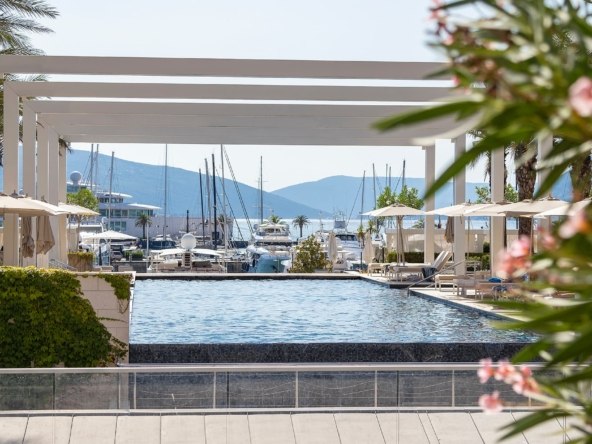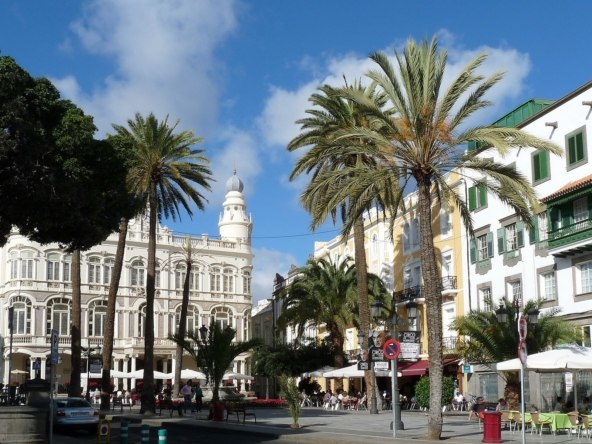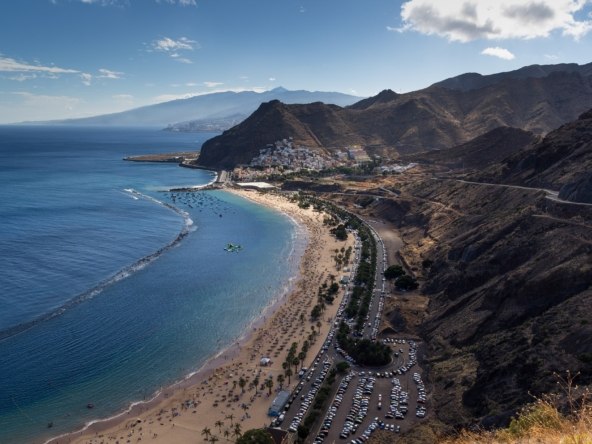Early settlement and Illyrian culture
On our travels through Albania for Besthomez, we discovered ancient archaeological sites.
Not far from Vlora, we found refuge in the small, family-run bungalow resort “MIQT” from a violent storm that the Albanians call Juga. It comes over the sea from the Sahara every few years and brings everything to a standstill. So we left the car behind and explored the area on foot.
The landlord, a funny Kossovo Albanian who is not quite sure whether he is a biker or a hippy, fed us for five days and told us a lot of stories. Thanks to Juga, we became a temporary family with the other bungalow residents from all over the world…

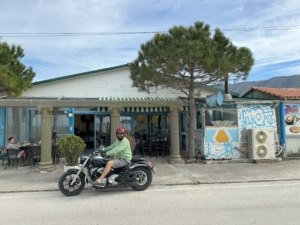
The area that is now Albania was inhabited over 100,000 years ago.
Indo-European peoples settled there around the third millennium BC.
This mixture resulted in a population that combined many unique cultural and linguistic characteristics of
the Balkan region. Just like near Vlora on the site of a former, now disused military base from the time of socialist Albania, there are ancient excavation sites everywhere – witnesses to an ancient culture.

The rise and fall of the Illyrian kingdom
From the 7th century BC, the Illyrian people developed from these ancient tribes.
Their kingdom came under the rule of the Roman Empire in 168 BC.
With the division of the Roman Empire in 395 AD, Illyria became part of the Byzantine Empire.
A country in resistance against occupation
Albania experienced numerous invasions in the following centuries.
At the end of the 14th century, the country fell under the control of the Ottoman Empire.
However, the Albanians did not give up their resistance.
In the years 1443-1468, they fought successfully against the Ottomans under Gjergj Kastrioti, better known as Skanderbeg.
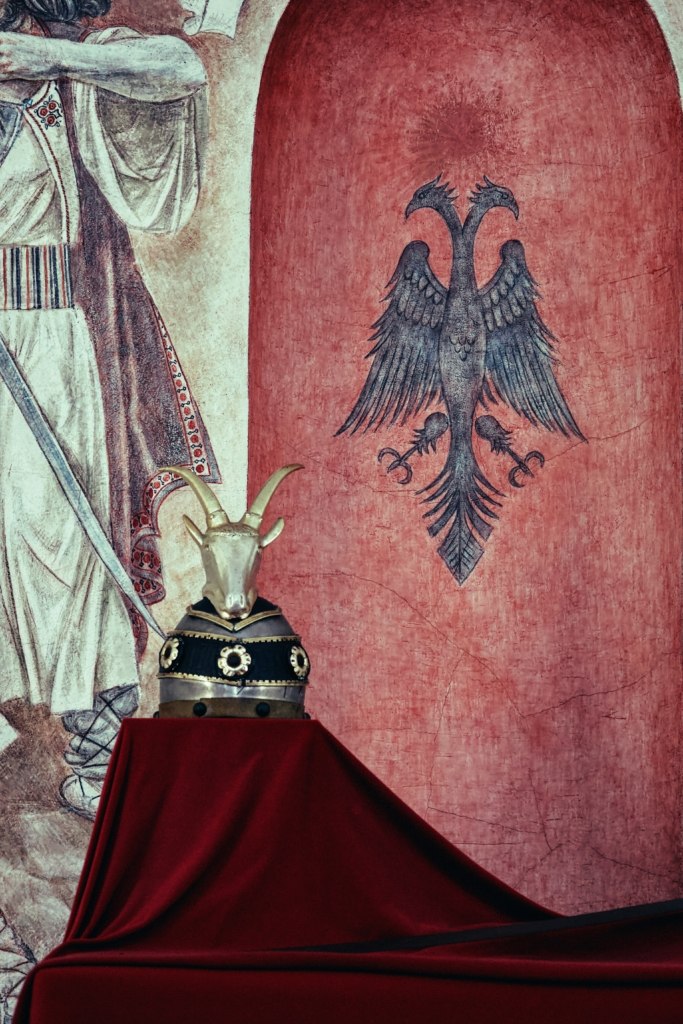
Skanderbeg: national hero and symbol of freedom
Gjergj Kastrioti, known as Skanderbeg, is still one of the most important figures in Albanian history.
After turning his back on the Ottoman Empire, he took over the strategically important fortress of Kruja and organized the resistance from there. Several Ottoman armies were defeated by him.
An imposing equestrian statue on Skanderbeg Square in Tirana commemorates this national hero.
The proclamation of independence
After centuries of fighting and uprisings, Albania became independent in 1912. However, the period after independence was marked by further conflicts, including the occupation by Italy in 1939 and later by Nazi Germany.
Albania as a safe haven during the Second World War
During the Second World War, Albania offered many Jews protection from Nazi persecution.
It is remarkable that not a single Jew from Albania was extradited to the Nazis. After the war, many Jewish families emigrated to Israel.
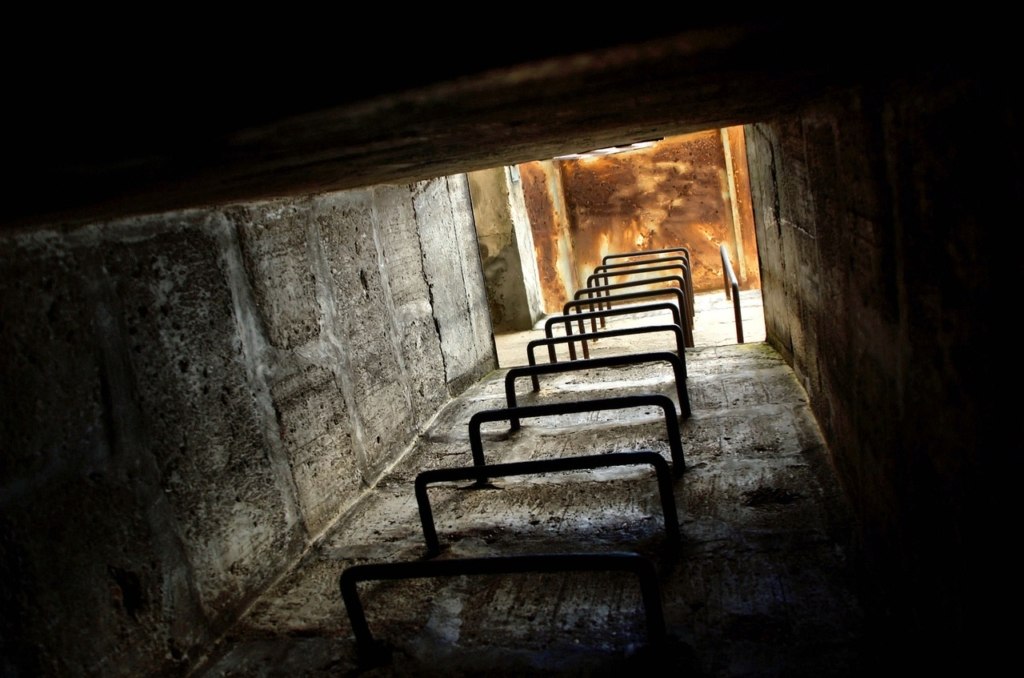
The rise of communism and the end of the monarchy
After the war, communist partisans took power under the leadership of Enver Hoxha. A totalitarian regime was established, which led the country into poverty and isolation. It was not until 1991 that the Albanian people freed themselves from the dictatorship and initiated democratic change.

During the communist era under Enver Hoxha, around 173,000 bunkers were built as defenses in Albania for fear of invasion. These concrete domes still characterize the landscape today and can sometimes be found in remote mountains, beaches and towns. Many of these bunkers are now being creatively repurposed, for example as cafés, museums or art installations.


